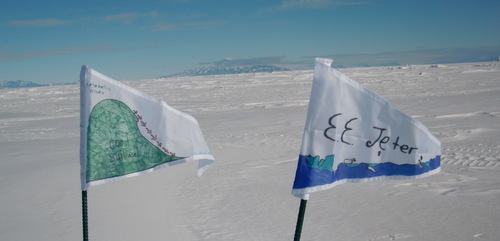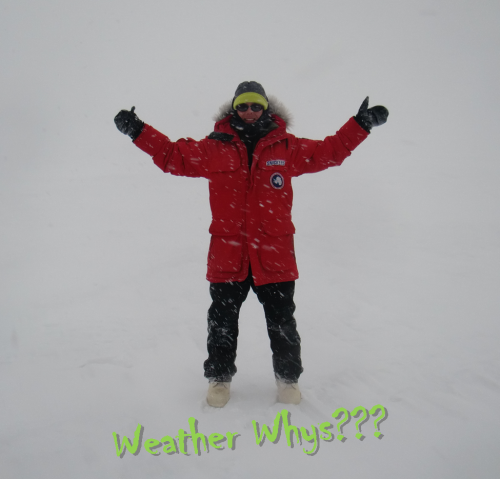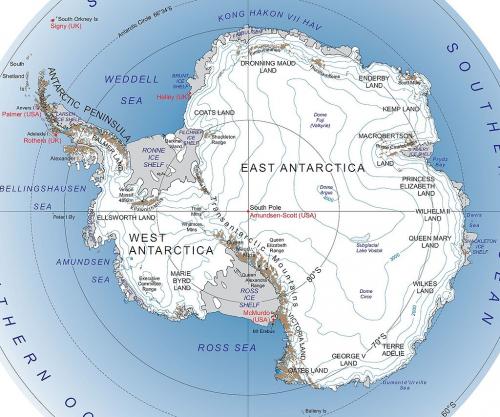
This journal is brought to you by…
- Mr. James Peerson’s 5th grade homeroom class at E.E. Jeter Elementary School
- Maddie Williams in 3rd grade at Crosswind Elementary
Weather Whys: Katabatic Winds

We’ve been talking about some of the crazy weather conditions here in Antarctica! Not to mention, getting caught in a storm on the ice.
Weather can be CRAZY!
Did you know that Antarctica is the windiest continent? And it’s known for cold and fast winds called katabatic winds. Katabatic winds happen all over the world, but nowhere are they as fast or as cold as they are in Antarctica.
What causes wind?
How are katabatic winds different from other winds? To understand that, you need to know a little something about pressure. Air moves from areas of high pressure to low pressure. This constant movement of air is what causes winds, some of which are nice and breezy. But others can be fast and dangerous!
What about katabatic winds?
Unlike normal winds, katabatic winds are not caused by differences in air pressure. A katabatic wind is a wind that moves down a hill, slope or mountain. But what causes these winds to move downhill?
Let’s think – what causes anything to move downhill?
Gravity! That’s right; these winds roll downhill just like a ball would roll downhill. In most places, katabatic winds happen at night when the temperatures drop. This causes Earth to cool, which causes the air above it to cool. When the air cools, it becomes more dense, or heavy. This heavy air will flow downhill, causing sudden high winds and often quickly raising temperatures. Have you ever heard of the Santa Ana winds in California? Those are katabatic winds. However, Santa Ana winds are warm, not cold, and are often called ‘devil winds!’ Yikes! Right about now, I’d like to see how those Santa Ana winds feel!

What about katabatic winds in Antarctica?
The katabatic winds in Antarctica are a bit different. Nowhere in the world are katabatic winds so extreme. These winds are icy cold, unlike most katabatic winds, which are warm, and they can be very fast. Also, since the air in Antarctica is always cold, katabatic winds can happen at any time!
Let’s take a closer look…
Antarctica is separated by a long mountain range, the Transantarctic Mountains. Eastern Antarctica is covered by a huge ice sheet. Air moves over this ice sheet, getting colder and colder and, therefore, heavier and heavier. When the air hits the mountains, it gets funneled into the valleys, causing it to pick up speed. Katabatic winds in Antarctica are often just as fast as a hurricane!

How fast can they go?
The highest wind speed ever recorded in Antarctica was a whopping 199 mph. It was recorded at the French science station, Dumont d'Urville, located near Terre Adelie (southeast corner) on the map above. That’s close to some of the strongest wind gusts recorded in the world!
According to Austen Onek, our resident meteorologist and museum educator, the highest wind speed ever recorded occurred in the Indian Ocean, with tropical cyclone ‘Olivia,’ on April 10, 1996. Wind speeds reached 235.3 mph. The previous high was 231 mph and occurred at Mount Washington, New Hampshire (USA) on April 12, 1934.
Interested in more about winds? Check out this video activity about wind chill from my previous journey!
http://


Comments